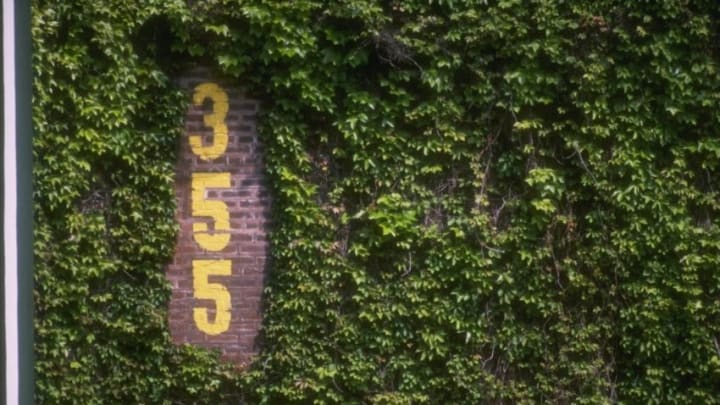September 11, 1969 dawned, and we pennant-hopeful Chicago Cubs fans woke to the knowledge that the New York Metropolitans, the perennial butt of jokes since their 1962 inception, had taken over first place in the National League East.
I’d like to say that a lively pennant race ensued, with the Cubs making a gallant, if ill-fated, effort to regain their title, but that would be so far from the truth we’d have to drive to get there. Maybe even consult a map. They were 8-17 down the stretch. So much for our gonfalon bubble.
The Cubs faded, and their collection of All-Stars never again revisited even those August heights, though they did increase fan expectations and put a few additional posteriors in the seats. They were over .500 in 1970, 1971 and 1972, still under Leo Durocher, with Ken Holtzman and Milt Pappas pitching in, but those were the days of the Miracle Mets and the Big Red Machine, and there wasn’t any room at the Dew Drop Inn.
1973 saw the team seven games under .500, and even the considerable abilities of Jose Cardenal and Rick Monday didn’t make it happen. Ernie Banks retired. Don Kessinger and Ron Santo were dealt to the White Sox. Billy Williams went to Oakland, and got a ring there. Bill Hands and Fergie Jenkins went away, too. And the others.
The next year, the Cubs were 30 games under .500. They did have promising young players Bill Madlock and Andre Thornton, but the core were gone or going and the pitching wasn’t getting it done.
Some credible players were brought in, but it was abundantly clear that the Cubs were only competitive by accident. The teardown took a little longer, but the message was crystal clear, just as it was in July 2021 — “Can’t win with them, we’re gonna do without them” — and for the same reasons, essentially.
Chicago Cubs: You can draw comparisons to today’s state of the team
Gordon Gekko would totally get it. Pick a year from 1973 to 1975, and that’s where the Cubs are going into 2022. My best choice would be ’75, which would make this season a compilation of the three previous years. There were some faint glimmerings of competitiveness, but just not enough good players were added to the promising young group. Nobody wanted the aging ineffective players – and another selloff was underway.
Mind you, these last two teams were only a dozen games or so from break-even. A firm guiding hand might have been able to get those squads to be competitive with the Reds and the renascent Pirates.
But the Cubs lacked that facility, and the brief promise of 1977 faded in to the quixotism of the early 80s, before Dallas Green took the tiller. That’s much where we are now. It remains to be seen whether Jed Hoyer has that ability to navigate these rough waters or whether the ship will founder.
